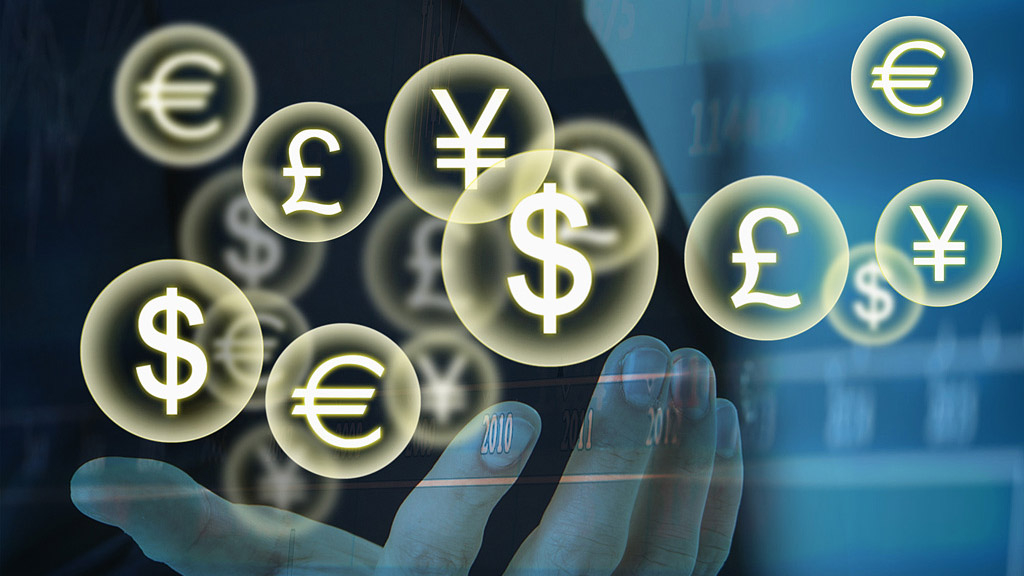Yi Gang: China's monetary policy framework - supporting the real
economy and striking a balance between internal and external
equilibrium
Lecture by Mr Yi Gang, Governor of the People's Bank of China, at Chang'an Forum, held by the
Chinese Economists 50 Forum, Tsinghua University, Beijing, 13 December 2018.
* * *
It is a great pleasure to attend Chang’an Forum held by the Chinese Economists 50 Forum in
Tsinghua University. The title of my speech today is “China’s Monetary Policy Framework:
Supporting the Real Economy and Striking a Balance between Internal and External Equilibrium.”
The major task of monetary policy is to support the real economy, and meanwhile China is an
open economy, so we must give consideration to both internal and external equilibrium in
formulating monetary policy.
When there are contradictions between internal and external
equilibrium, we need to strike a balance between them. This is the overall framework of my
speech.
My speech is composed of four parts. The first part is an introduction to China’s monetary policy
framework, the second part clarifies how monetary policy supports the real economy, the third
part is about how to prevent and resolve financial risks, and the last part focuses on how to strike
a balance between internal and external equilibrium. As we know, the Lawof the People’s Bank of
China explicitly stipulates that the ultimate goal of China’s monetary policy is to maintain currency
stability and thereby facilitating economic growth. To maintain currency stability has two tiers of
meanings: internally it means to maintain prices stable and externally it means to keep RMB
exchange rate basically stable at an adaptive and equilibrium level.
Now I’d like to come to the first part, China’s monetary policy framework. As we can see, over the
two decades since the promulgation of the Law of the People’s Bank of China, the monetary
policy has been generally successful in maintaining currency stability. Throughout the 40 years
since reform and opening-up, the inflation rate has remained low with the exception of only a few
years. In recent years, the inflation rate has been kept around 2% and 3% on the whole. It was
somewhat high in 1988 and 1994, but that was a long time ago. Deflation risks also occurred
sometime after the year of 1998. In maintaining currency stability, we need not only to prevent
inflation, but also to forestall economic harms caused by deflation. Meanwhile when it comes to
maintaining stable prices, it doesn’t mean lower prices are necessarily better. Rather, it is the
concept of stability that should be emphasized.
Maintaining currency stability also involves exchange rate issues.
The RMB exchange rates are
the values of RMB quoted against other currencies, which can reflect China’s economic strength
and the purchasing power of RMB in the world. We have been doing well in maintaining RMB
exchange rate basically stable at an adaptive and equilibrium level. The single exchange rate
regime of RMB was established in the mid-1990s. Before that, there were both market-based
and official RMB exchange rates. In 1994, the dual exchange rates were unified, and then RMB
exchange rate against US dollar stood at 8.7. Over the past a few decades, RMB has
appreciated against the US dollar and a basket of currencies in terms of both real effective
exchange rate and nominal effective exchange rate, and it has been revalued about 20% against
the US dollar. With RMB exchange rate maintaining basically stable at an adaptive and
equilibrium level, the Chinese people got tangible benefits. By ensuring basic stability of the value
of RMB, we can help promote economic growth, and therby meeting the ultimate goal of
monetary policy specified in the Lawof the People’s Bank of China.
It is the ultimate goal of monetary policy to maintain currency stability. But how? To this end, we
need to set an intermediate goal. In China, M2 is chosen as the intermediate goal of monetary
policy, as it can be measured and controlled. However, international experiences show that with
1 / 15 BIS central bankers' speeches
an economy becoming more and more developed and market-oriented, the correlation between
M2 and the real economy will decline. Therefore, in 2012 we adopted aggregate financing to the
real economy as a reference indicator, which measures the financing offered by the financial
sector to the real economy, covering loans, bonds, stock, trust, etc.
As the correlation between quantitative indicators and economy gradually declines, the monetary
policies of major developed countries and market economies are principally aimed at regulating
price indicators. Reforms in China were also focused on nurturing a market-based interest rate
system and enhancing a price-oriented regulation and transmission mechanism. What is interest
rate? It is the price of money. We should give the market a decisive role to play in resource
allocation. Then, how does the market allocate resources? It is through prices, which are
determined by the supply-demand relationship


